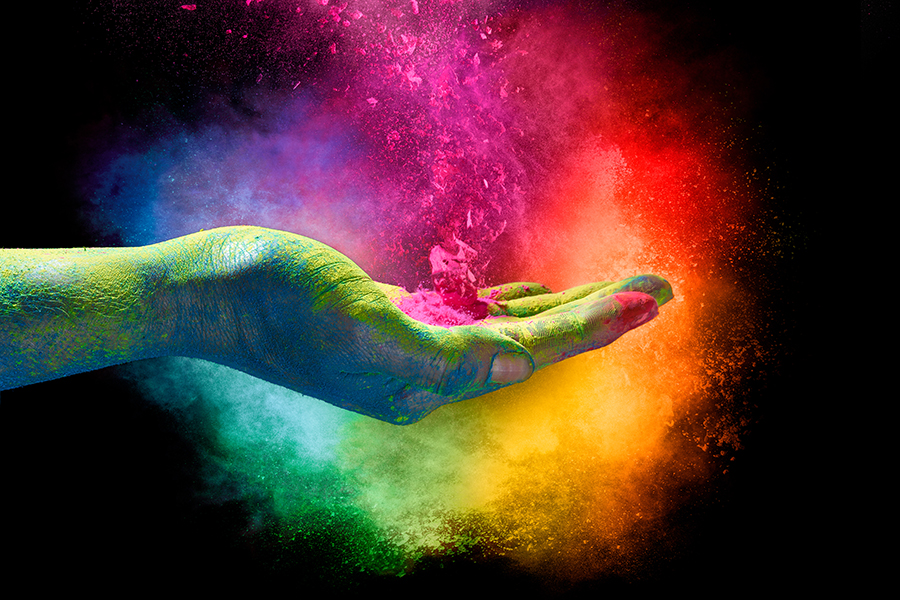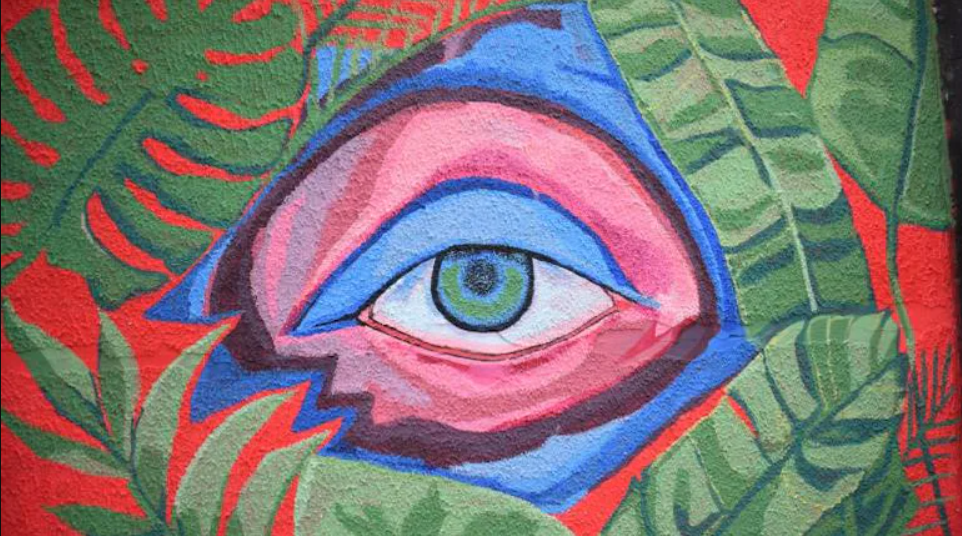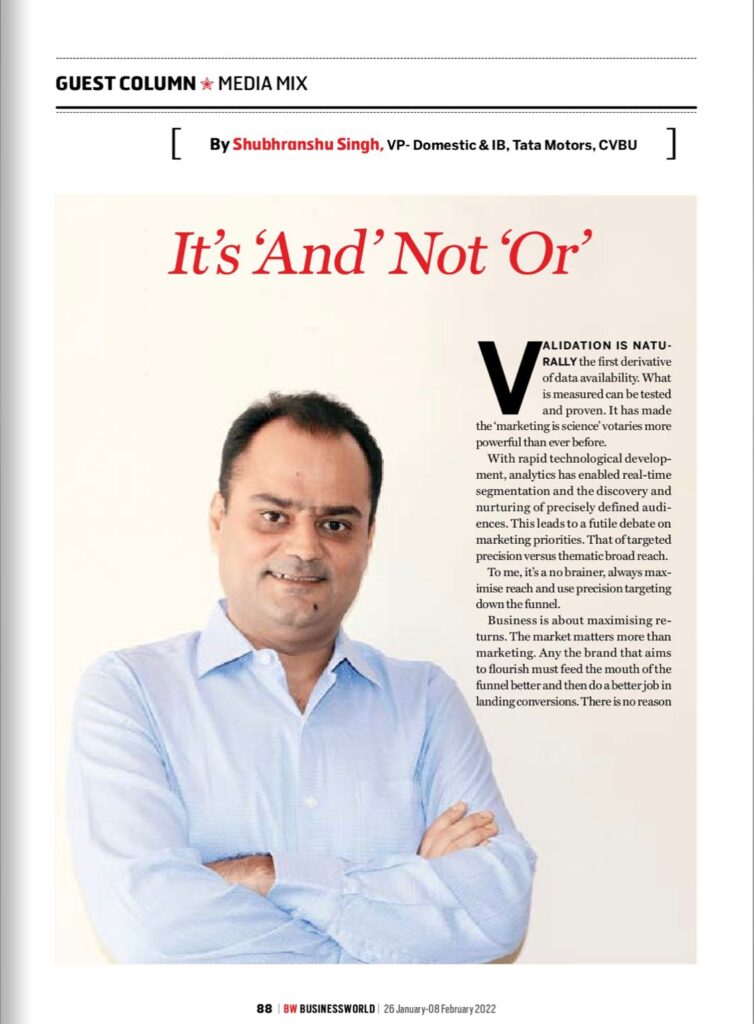Simply Speaking: With Holi around the corner, explore the magic of colour
Henry Ford had a belief that ‘machine’ blue and ‘eggshell’ white were beneficial for ‘order and morale’. Italian has three words for blue, but Swahili has none. Colour was at the heart of the first and only ‘propaganda vegetable’—the carrot. Read on for more on the magic of colour [siteorigin_widget class=”SiteOrigin_Widget_Image_Widget”][/siteorigin_widget] Note to readers: I’m intrigued by information such as that eight percent of the population is left-handed, that giraffes only sleep five minutes every twenty-four hours and so on, which is useless but important! In the eighteenth century, German aristocrats kept glass-fronted cabinets that displayed curios. They called it Wunderkammern. This column is one such thing. In an unmarked field, it is easy to wander. I want to open windows to glimpse views rather than a whodunnit or a how-to-do-it. I have a licence to be long or short. To be structured or abrupt. This column has no beginning, middle or end. It’s a journey without a destination. Simply speaking… **** Colour is the place where our brain and the universe meet. – Paul Klee We see the world in colour. This enriches and colours our lives. But how do we relate to colour? When and how does colour enter our language? This week, we shall explore how colours have entered our culture, usage and language slowly in a process rich with history and fusion. There is a popular myth that the Inuit Eskimos have a hundred or more words for snow. In fact, they have no more than we do for rain in Hindi. William Gladstone thought Homer was colour blind because of his paltry use of words, describing colour. Colours existed before man or any life form. But in cultural terms, their entry has been a glacial process. Ancient Greeks had no word for blue. Even until the Middle Ages, there was no English word for orange. Chaucer referred to it as ‘bitwixe yelow and reed’. Today, although we can differentiate millions of shades, our vocabulary has, on average, about thirty words for colour. Test yourself if you feel otherwise. According to anthropologists who analysed 98 widely differing languages, colour words are acquired by cultures in a strict sequence. This was documented in Martin Gardner’s book ‘Order and Surprise’ published by the Oxford University Press. The study showed all languages have black and white. If there are three words, the third is red. If there are four colours in all, then next are green or yellow. Then follow blue and brown. If eight or more, then purple, pink, orange and grey are added, in order. However, the more we explore language and culture, we see it isn’t so black and white (pun intended). An African desert tribe has no word for green, but six for red. Italian has three words for blue: Celeste, Azzurro and Blu. Swahili doesn’t have any, so Bulu was coined from English. Creek and Natchez American Indians use the same name for yellow and green, as do the Highland Scots for blue and green. French has two words for brown: Brun and Marron, but there isn’t one in Mandarin, Japanese and Welsh. The Inuit Eskimos also don’t have a word for brown, which isn’t a surprise. Contrary to myth, they have at least seven words for white. There is a tribe in the New Guinea Highlands that still speaks a black and white language and distinguishes colours in terms of brightness. Fascinating. In Anglo–Saxon, black is Blaece and white is Blac. Hence, Blanch, Blank, and Bleak mean what they do, derived from the latter word. Associations with colour are impassioned, illogical, and deep-rooted. There is an old story about packaging trials of a detergent in three packs of different colours. One yellow, one in sky blue, and one in yellow and deep blue. A panel of housewives was asked to try them out. They judged the powder in the yellow pack as corrosive, the blue one as too mild, the yellow and blue just right. The packs all contained the same powder. Dr Max Luscher diagnosed personality disorders through colour associations. The Luscher colour test assumes that an unconscious choice of colours reflects a person’s focus on certain activities, moods, and personality traits. His conclusions were that dark blue appeals to people motivated by security. Blue-green is associated with constancy. Orange-red seems to be related to activity. Henry Ford famously said, “you could have a car in any colour you liked so long as it was black.” He had his reasons. Apparently, only black enamel dried quickly enough to be used on the conveyor belt. This baked enamel coating was called ‘Japan black’, a lacquer or varnish so named due to the history of black lacquer being associated in the West with products from Japan. Its high bitumen content provides a protective finish that is durable and dries quickly. This allowed Japan black to be used extensively in the production of automobiles in the early 20th century in the United States. Five thousand men continuously painted in the vast Ford plant in Detroit. Henry Ford also believed that ‘machine blue’ and ‘eggshell’ white were beneficial for ‘order and morale’. They are still the company colours. There is a fascinating account of all this by Alexander Theroux in ‘The primary colours’, published by Picador. Author Dorothy Parker painted her living room in nine shades of red: Pink, vermilion, scarlet, crimson, maroon, raspberry, rose, russet, and magenta. Pianist Glenn Gould’s favourite colour was battleship grey, while Matisse is said to have loved ‘the delicate transparent pinks of baked shrimp shells’. Green has always been considered, natural, calming and restful. The Romans prized it highly. Pliny wrote that ’emerald delights the eye without fatiguing it’. Nero peered through an emerald while enjoying lions devouring men at the circus. Theatres have a green room so that actors relax from the footlight glare. Green was also Oscar Wilde’s colour, always wearing green carnations supplied by his florist Goodyears. L Frank Baum imagined the Emerald City in ‘The Wizard
Simply Speaking: With Holi around the corner, explore the magic of colour Read More »









